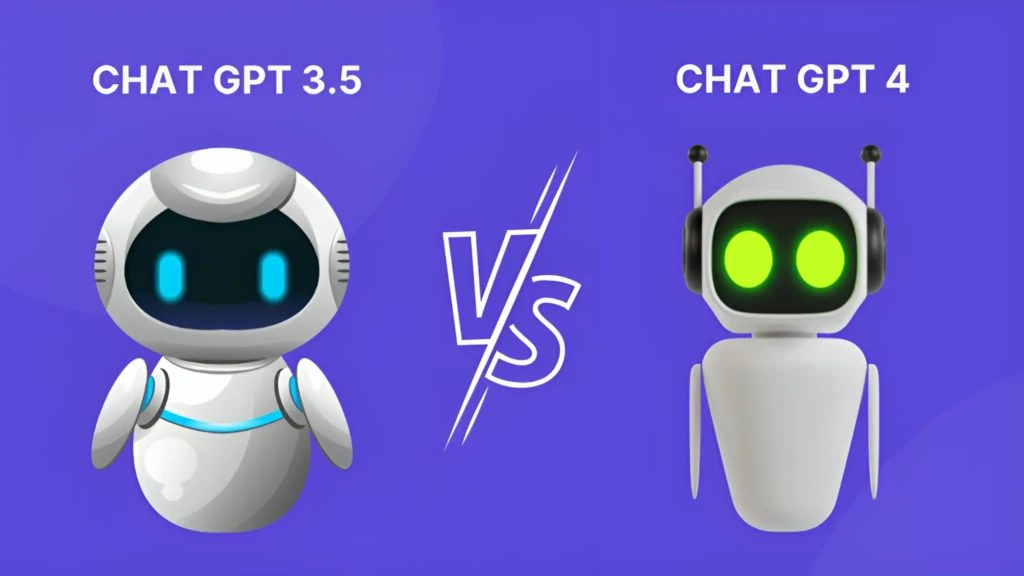What Is the Difference Between GPT-3 and GPT-4o?
The evolution of OpenAI’s language models has been marked by significant advancements in capabilities, performance, and versatility. Understanding the differences between GPT-3 and GPT-4o is crucial for developers, businesses, and AI enthusiasts aiming to leverage these models effectively.
GPT-3: The Pioneer of Large Language Models
Released in 2020, GPT-3 (Generative Pre-trained Transformer 3) was a groundbreaking model with 175 billion parameters. It demonstrated remarkable proficiency in natural language understanding and generation, enabling applications across various domains, including content creation, customer service, and programming assistance.
However, GPT-3 had limitations. It was unimodal, processing only text inputs, and struggled with tasks requiring deep reasoning or understanding of complex contexts. Despite these challenges, GPT-3 set the stage for subsequent advancements in AI language models.
GPT-4o: A Leap into Multimodal Intelligence
GPT-4o, introduced in 2024, represents a significant leap forward. It is a multimodal model capable of processing and generating text, audio, images, and video inputs and outputs. This enhancement allows GPT-4o to engage in more natural and dynamic interactions across various media formats.
Performance Metrics
GPT-4o outperforms GPT-3 in several key areas:
- Accuracy and Precision: GPT-4o achieves an accuracy rate of 89% and a precision of 87% in complex queries, surpassing GPT-3’s 75% accuracy and 73% precision.
- Perplexity: With a perplexity score of 8.2, GPT-4o demonstrates a better grasp of language patterns compared to GPT-3’s 14.5.
- Context Retention: GPT-4o maintains 92% accuracy over extended interactions, while GPT-3’s retention rate is 78%.
- Response Time: GPT-4o responds in 0.9 seconds on average, faster than GPT-3’s 1.5 seconds.
These improvements make GPT-4o more suitable for real-time applications like chatbots and virtual assistants.
Multimodal Capabilities: Beyond Text
One of the most significant advancements in GPT-4o is its multimodal capabilities. Unlike GPT-3, which could only process and generate text, GPT-4o can handle:
- Text Inputs and Outputs: Standard language processing tasks.
- Audio: Speech recognition and synthesis, enabling voice interactions.
- Images and Video: Understanding and generating visual content, including interpreting images and videos, and creating new visual media.
These capabilities open new possibilities for applications in education, accessibility, and content creation.
Practical Applications and Use Cases
The enhanced capabilities of GPT-4o enable a broader range of applications:
- Customer Support: Providing more natural and efficient interactions through voice and text.
- Education: Assisting with personalized learning experiences, including interpreting visual and auditory materials.
- Content Creation: Generating diverse content formats, from written articles to videos and audio clips.
- Accessibility: Aiding individuals with disabilities by interpreting and generating multimodal content.
These applications demonstrate GPT-4o’s versatility and potential impact across various sectors.
Conclusion: The Future of AI Language Models
The transition from GPT-3 to GPT-4o marks a significant milestone in the development of AI language models. While GPT-3 laid the foundation with its impressive text generation capabilities, GPT-4o expands the horizon by integrating multimodal processing, enhanced performance metrics, and broader application possibilities.
As AI continues to evolve, models like GPT-4o pave the way for more intelligent, adaptable, and human-like interactions between machines and users. Understanding these differences is essential for leveraging the full potential of AI technologies in various domains.
FAQs
1. What is the primary difference between GPT-3 and GPT-4o?
GPT-4o is a multimodal model capable of processing and generating text, audio, images, and video, whereas GPT-3 is unimodal, handling only text inputs and outputs.
2. How does GPT-4o improve upon GPT-3 in terms of performance?
GPT-4o demonstrates higher accuracy, precision, and faster response times compared to GPT-3, along with better context retention and lower perplexity scores.
3. What are the practical applications of GPT-4o?
GPT-4o can be utilized in customer support, education, content creation, and accessibility, offering more dynamic and natural interactions across various media formats.
4. Is GPT-4o suitable for real-time applications?
Yes, GPT-4o’s faster response times and enhanced capabilities make it well-suited for real-time applications like chatbots and virtual assistants.
5. How does GPT-4o handle multimodal inputs?
GPT-4o can process and generate content in multiple formats, including text, audio, images, and video, allowing for more versatile and interactive AI applications.

